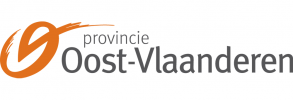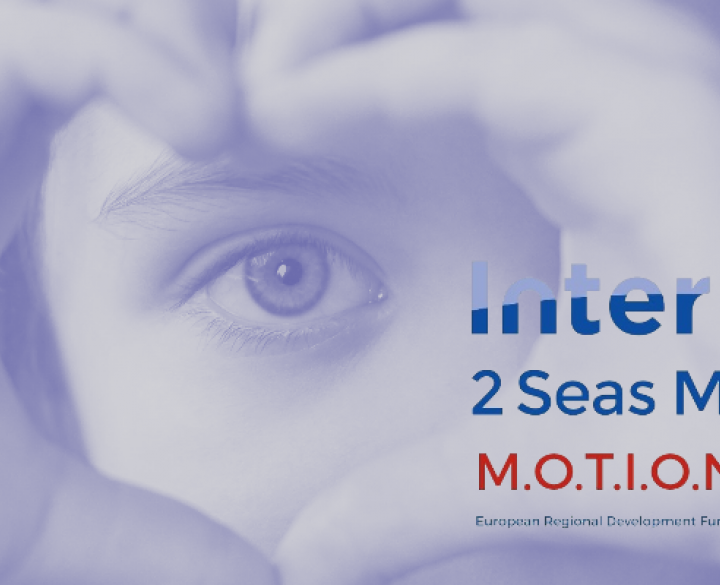Common Challenge
According to E. Beckung (Probability of walking in children with cerebral palsy in Europe-2008) 54% of children with Cerebral Palsy (CP) can walk without aids,16% of patients will need assistive devices to walk and 30% are not able to walk at 5 years of age.
This means that 46% of CP patients can possibly benefit from innovative technology like exoskeleton.
Overall Objective
This project, MOTION, addresses two challenges :
- to advance development, validation and adoption of bionic rehabilitation technology for children with neurological disorders to improve quality of life;
- to set up a transregional network to transfer this rehabilitation technology and related knowledge from research to practical application by linking with industry, healthcare professionals and users and to interact with policy makers for the creation of supportive frameworks.
Main outputs
Advanced development and validation of bionic rehabilitation technology for children with neurological disorders, called CP here :
- An autonomous and secure lower body exoskeleton for children
- A Smart-textile, a functional, comfortable, attractive garment that integrates the monitoring sensors suitable for children.This will be usable to all applications where monitoring is needed
- Statistical analysis of physiological and biomechanical measurements for practitioners and scientific community
- Base technology to applicable to other lower body disorders such as lower limb paraplegia
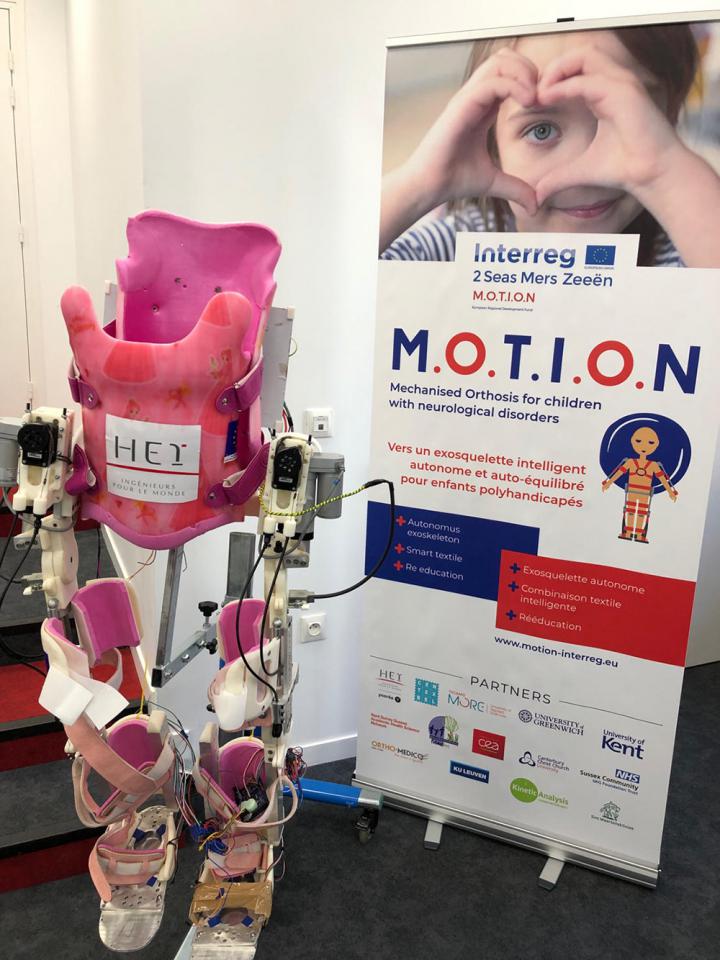
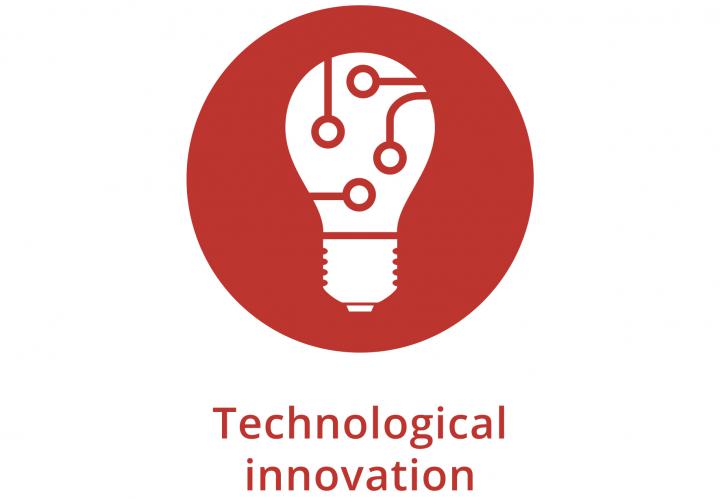
Exoskeletons are very complicated machines. This complexity is mainly due to the fact that they have to interact closely with patients. Therefore a complex mechanical design and complex control algorithms are needed. This also implies that you need experts with various backgrounds ranging from mechanical design and engineers specialized in control algorithms to physiotherapists and movement scientists in order to build and test a successful exoskeleton.
Cross-border approach
It’s quite hard to find all these experts in one country. The 2 Seas area is fortunate in that it houses a complete cluster of experts, competences, and structures:
- gait, movement (ALL)
- Orthosis and prosthesis (MOBILAB)
- design and manufacturing (Kent Surrey Sussex Academic Health Science Network)
- Smart garments (CENTEXBEL)
- Signal processing (HEI - YNCREA Hauts-de-France)
- Biomechanics (MOBILAB)
- Clinical and Diagnostic centers (Revalidation centre Pulderbos, University of Greenwich)
- Industrial manufacture and commercialization (Kent Surrey Sussex Academic Health Science Network)
- European Centers of Excellence in research (Pôle de Compétivité UPTex)
- Healthcare education (CCCU)

Project financing
Project budget : 7 476 119 €
ERDF: 4 431 376 € (59%)
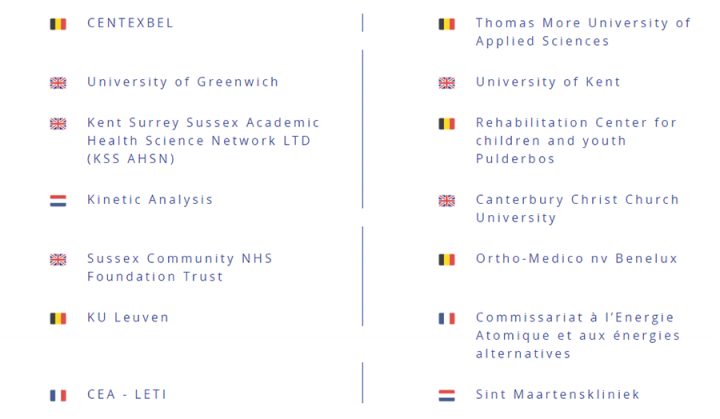
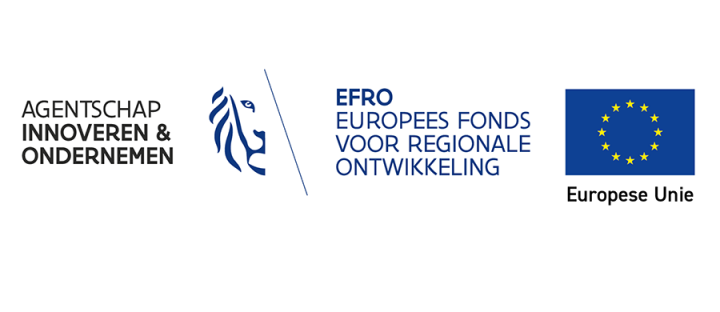
Co-financed by Hermesfonds
